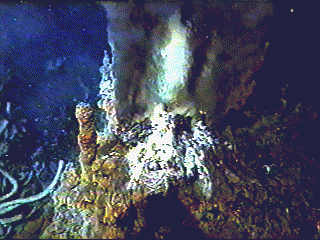Design students are technically skilled and primed for critical discourse—even students in MLA programs, despite what their departments might think! And yet landscape education, critique, and design seems to be content to allow a division of creative labor whereby the most self-avowedly “speculative” practitioners limit their engagement with new technology to the (end-user/consumer-level) realm of “representation”; while any technology with the potential to generate authentically new design solutions and landscape interventions is left to a small group of peri-designer sediment and fluvial dynamics enthusiasts. That is, “speculative” design is reduced to nothing more than graphic novel production, while the only acceptable role for actual innovative technology is the efficient tracking of mud. (In a recent taxonomy of the state of landscape discourse, Richard Weller introduces some protagonists of a “digital natures” subdiscipline, then notes, almost incidentally, that “all of [them] are modelling fluvial landscapes.”)
This discourse in landscape education is bound to produce designers expert in imagining and drawing futuristic settings but lacking the skill or technical capacity to participate materially in the design of those futures. Bradley Cantrell has referred to a “historical division” between “toolmaker” and “tool users”; this is clearly not simply a historical division, unless we limit our view only to the so-called sediment bros. A more robust speculative design discourse must introduce speculation not only as a narrative trope but also at the level of technology, design methodology, and theory. Speculative design lacking in any of these three will remain aspirational, aimless, or misguided; it would be a shame for the only really currently widespread discourse in the landscape schools with even a slight interest in engaging anything more than the most immediately prosaic and bourgeois social concerns to remain in its current state of, more or less, developer-funded neoliberalism graphic fan-fiction. And yet here we seem to be. . .
There is no reason that innovative technology should be limited to elective seminars, grant-funded research laboratories, or the individual projects of specific faculty, while speculation in design studios should be limited to the illustration of critical narratives using traditional representational tools. An authentically speculative landscape architecture can trust itself to be stranger, more creative, and more disciplinarily assertive—to participate in shaping strange Anthropocene futures instead of just drawing them. But this requires that designers (really, students) take up the tools of futurity instead of just making photocollages of them.



